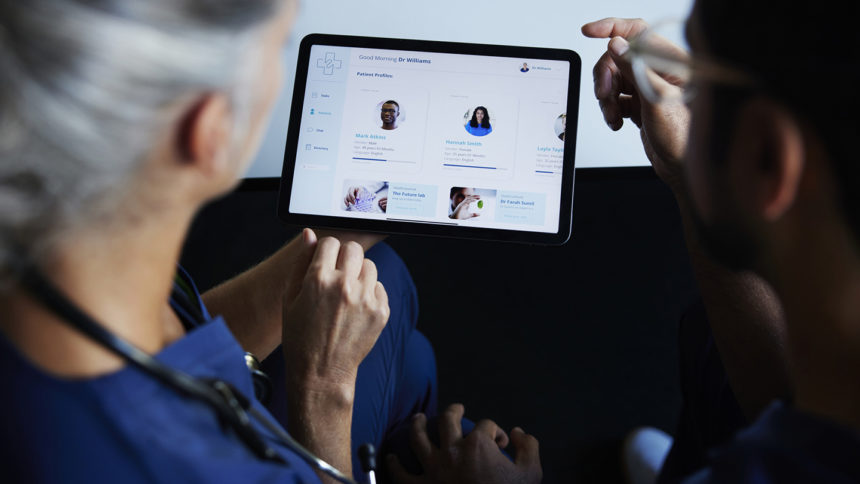
As nursing homes emerge from one of the most challenging periods in the sector’s history, they still find themselves hindered by old problems. Information technology holds the promise to help facilities cope under less-than-favorable operating conditions.
“One of the biggest challenges is the influx of devices,” said Deric Blattenberger, general manager of Senior Care at CenTrak. “There are more communication tools than ever before, from self-screening tablets that need to be on Wi-Fi to new devices that connect mom to daughter. Every new device needs to connect to some sort of RF signal, which creates more and more ‘noise’ because consumer products now demand enterprise networks.”
There’s also a plethora of connection issues, said Bill Charnetski, executive vice president of Health System Solutions and Government Affairs at PointClickCare.
“For SNFs specifically, a big challenge is simply connecting to other providers, primarily hospitals, which are the main source of new admissions to long-term care,” Charnetski said. “We need trusted data frameworks to enable a world in which information sharing is a prerequisite to establish
better care.”
As a result of weak investment, SNFs are still too reliant on paper, fax and other manual processes to enter, find and share clinical information, he added.
For most IT companies, the wildcard is the workforce.
“One of the biggest constraints today in the healthcare industry is the staffing crisis,” said Charnetski. “It’s easy to think that technology can be a quick fix, but there are key implementation issues like workflow integration and information sharing.
The good news: Size doesn’t matter as much as one might expect. All organizations, especially those with fewer financial resources, can derive value from augmented interoperability and increased funding, Charnetski said.
“If anything, smaller nursing homes, or those in more rural settings, often have a more robust culture of innovation as they have had to get creative to manage costs or provide care with fewer supports,” Charnetski noted.
From the December 2022 Issue of McKnight's Long-Term Care News




